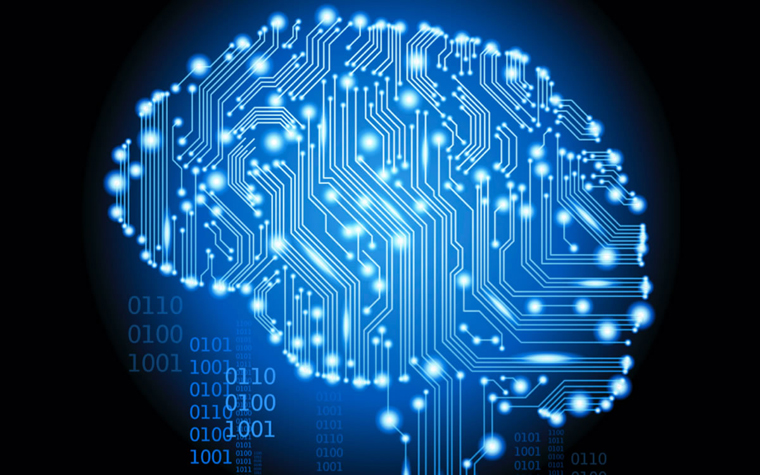
In his far-reaching and prescient 1996 work,“The Network Society,” author Manuel Castells opined that society will increasingly form around electronically processed information networks. Society has always involved the formation of networks, but in the past these were generally personal and socially driven. Even when such networks became national in scope, interaction and contact were personal, either by letter, telephone or face-to-face visit. Moreover, the depth of information that was available within any network was constrained by the physical limitations of printed materials and their mode of transmission.
Today’s networks are driven by the likes of Facebook and MySpace, YouTube, Yahoo and text messaging. Likeminded individuals retain anonymity behind screen names, exchange thoughts and ideas, create forums and spawn online “communities.” Few participants, however, will ever meet face to face. The 2008 presidential race will largely be funded, conducted, won and lost online.
A rapid cultural transformation is taking place and our conception of self is changing alongside it. The conception of self has always been mutable, its definition and expression dependent upon the social framework surrounding it. Some find self-expression within a group, while others find it outside. Though we view ourselves as autonomous individuals, the content of social networks we inhabit becomes the reference point for our definition of self. The nature of the all-encompassing electronic network society is so far-reaching, diverse and global, however, that traditional cultural reference points are becoming increasingly irrelevant. Countries, regions, cities and neighborhoods are receding as formative frames of reference, while topicality and niche interest boldly assert themselves.
A new electronic form of cultural opinion making has developed, loosely called “webocracy.” Webocracy utilizes the collective expression of Internet opinion to establish a hierarchy of ideas and values. By tracking the popularity and the expression of “themes,” sentiments and user activity within blogs and Web sites, analysts determine trends in the movement of ideas within networks on an ongoing basis. Far surpassing pre-Web paper-based sentiment surveys or periodic ballot voting for example, webocracy mines the entirety of communication across and within online networks, continuously sorting and arranging information and data so that it can be reviewed easily. It is then possible to quickly adjust marketing strategies, news feeds, propaganda and advertising campaigns in response to the collective “sentiment cloud” continuously forming and dissipating in cyberspace.
Our humanity is merging with machine intelligence. Granted, we have always inhabited the uncertain territory of trying to distinguish that which has emerged within self from that which has emerged without; it is through this give and take that we define ourselves. Yet as today’s electronic network supercedes historically traditional social groupings in a continuous and accelerating spiral of input and response, pinpointing the source of self-emergence is becoming more difficult. The rapid-fire, aggregate collective outpouring of individual expression is increasingly forming the content and context of self, and we now share a near light-speed mutual experience of virtual life, unencumbered by distance or physical contact. Body language, nonverbal cues, pheromones, tone of voice, and sexual contact are, however, sadly lost in a webocracy of disembodied relationships. Perhaps this is how it feels to be a ghost.
Author and futurist Ray Kurzweil has dubbed the complete convergence of self and machine technology “singularity,” and, he says it is near. Strangely, I think I can smell it.